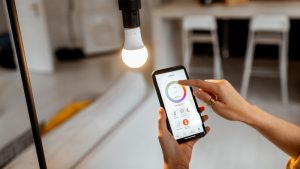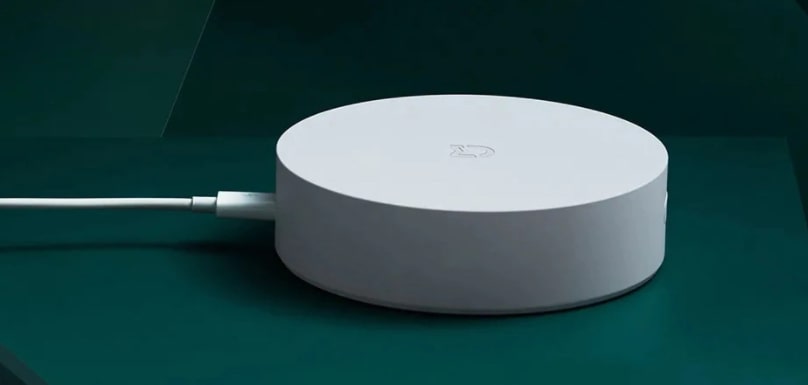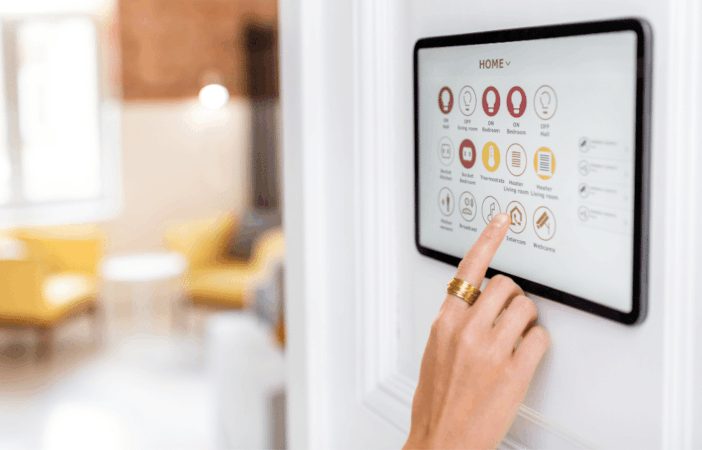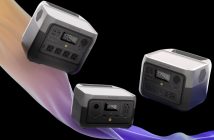It is estimated that by 2026, 573.7 million households worldwide will have smart home devices, however, of those, only three million will be South African. Dr Andrew Dickson, Executive: Engineering at CBI-electric: low voltage says that while the Covid-19 lockdowns triggered widespread adoption of smart products with consumers transforming their living spaces into places of work, learning, and leisure, South Africans lagged behind the trend due in part to common misconceptions in the market. “These need to be addressed or else South Africans will continue to miss out on the benefits of the Fourth Industrial Revolution technologies like the Internet of Things, Artificial Intelligence and others,” he says.
Let’s take a look at five of the most common misconceptions keeping South Africans from enjoying smarter homes and home automation:
Smart homes aren’t compatible with load shedding
While users might not be able to operate their smart devices during load shedding, they can protect appliances from voltage fluctuations as a result of load shedding which can damage electrical appliances. To prevent this, users can set a minimum and maximum ‘safe operating voltage range’ on their smart devices via the app. If the voltage is unstable, the smart device will monitor the voltage levels and only allow power to the appliance once it is within the safe operating voltage range.

Users need to be tech-savvy to use smart devices
To use a smart device, all that homeowners need is a smartphone or tablet and WiFi with an internet connection. Home automation is a lot easier to set up and use than many think. So, if they can operate a smartphone, they’ll be able to operate a smart home. Smart home apps are typically designed with the user in mind, so are very simple to operate. Users can also always override the devices by manually switching them on or off.
Smart homes consume a lot of energy
Smart home devices actually help homeowners to monitor their energy usage, so they can control consumption. Not only can users keep an eye on which items are consuming the most electricity, but also turn them off when not in use and schedule when they are turned back on. For instance, users can pre-determine which days their irrigation system goes on and for how long. They can even prevent it from switching on if it’s raining through automation since weather apps can be integrated into smart home apps.

Smart homes are unsafe
Security is an understandable concern, especially when it comes to one’s home. Most companies take extra precautions to ensure that smart devices are tamper-proof. But there are also a few precautions customers can take, such as using a router with a strong firewall and selecting a unique and strong password to use on the app.
Smart devices can help make homes safer, as homeowners can schedule their lights to be switched on at night, so they won’t have to come back to a dark house.
PriceCheck tip: Xiaomi is one of the brands that is focusing on home automation and smart devices to boost the efficiency and convience of your home. PriceCheck has all the best Xiaomi product specials listed online so you can find a smart home hub, smart LEDs, and other items with ease.

Smart homes are expensive to deploy
Contrary to popular belief, home owners won’t need to rewire their homes. Smart home devices like smart plugs, isolators and controllers can easily be installed by an electrician and devices like the Astute Range don’t require any additional wiring or hubs. Once these are fitted, users can control, monitor and schedule their lights, geyser, pool pump, and appliances remotely via an app on their smartphone and/or tablet. They also don’t need to do this all at once – they can start with one component and build up over time.
Also read: Top 5 Home Automation Trends in 2022




